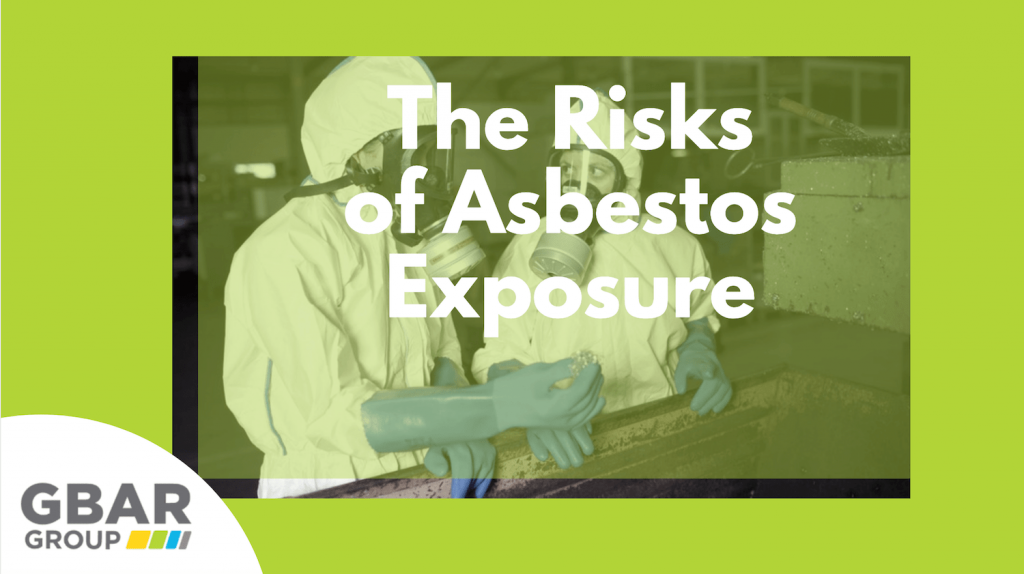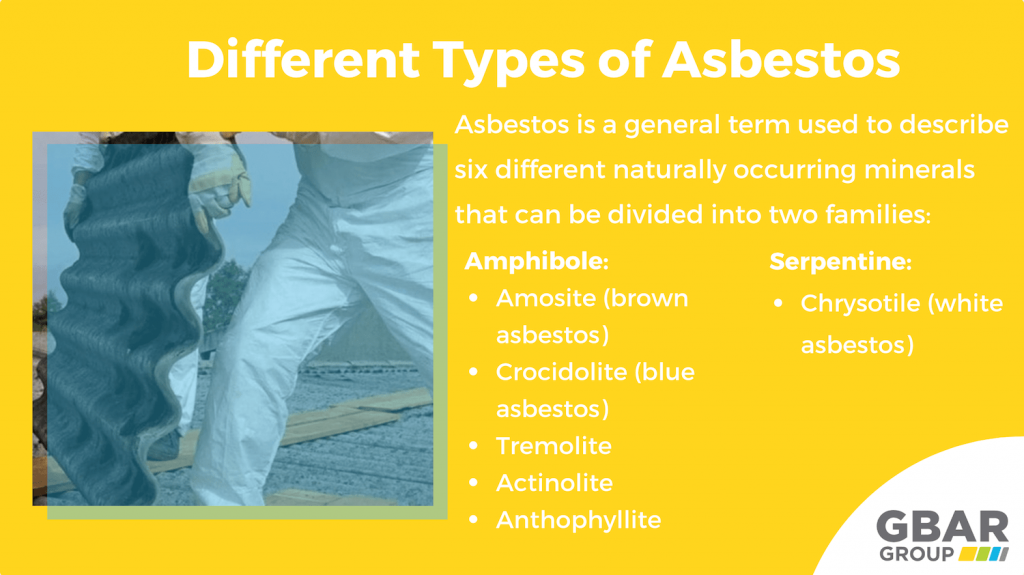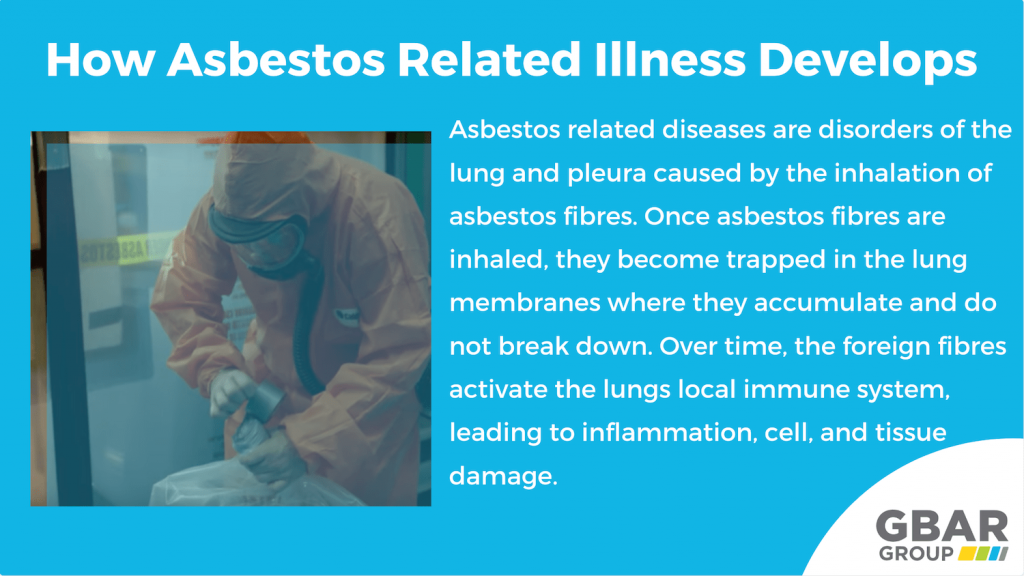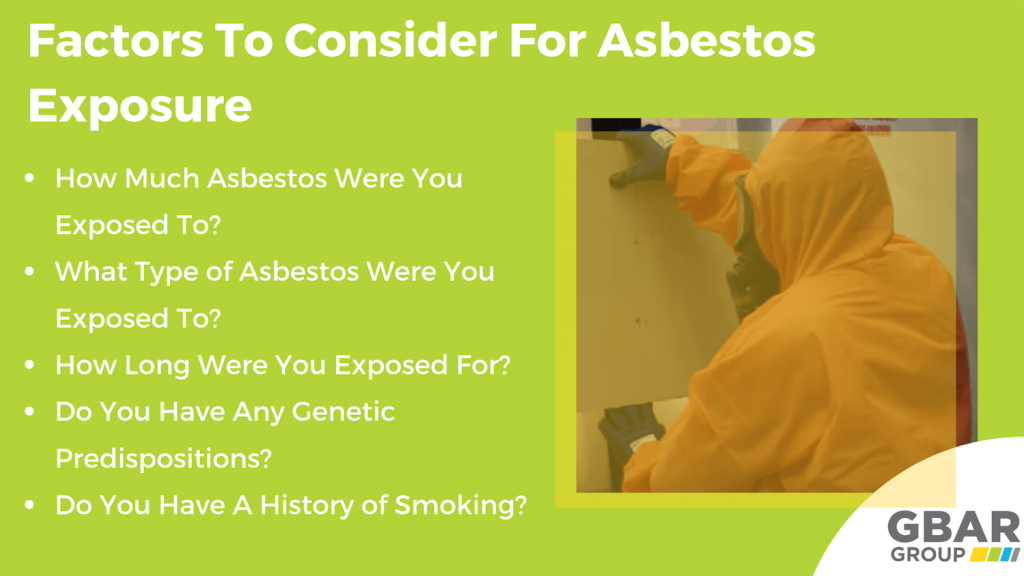
Asbestos exposure is one of the biggest risks facing the construction and renovation industry in Australia. So, what can you do to minimise the risks of exposure?
Being aware of asbestos and understanding the risks of asbestos materials are two entirely different things. Living in Australia, you’ve likely obtained a basic understanding of what asbestos is and the frequency in which it was used in the past. However, if you’ve never been at risk of coming into the material, you probably have little understanding of the risks involved with asbestos contact.
Asbestos was heavily used in the construction and manufacturing industry right up until the 1990s, and less so until the asbestos ban in 2003. Asbestos is an incredibly harmful fibre that is naturally occurring and was heavily mined, prior to scientific evidence proving it to be carcinogenic. When breathed in, asbestos fibres can cause lung cancer and other asbestos-related diseases.
What Is Asbestos?
Asbestos is a general term used to describe six different naturally occurring minerals. Asbestos minerals were heavily mined and used for construction and manufacturing due to the sheer durability, accessibility and low costs of it at the time. Asbestos minerals can be divided into two families:

Serpentine asbestos – also known as white asbestos, is the most common form of asbestos industrially. When under the microscope, the fibres wrap around themselves, which is why they are also known as curly asbestos. The only form of asbestos belonging to the serpentine family is chrysotile.
Amphibole asbestos – these fibres are straight and are like tiny needles. Amphibole fibres can be divided into several different types, such as crocidolite (blue asbestos), amosite (brown asbestos), tremolite, actinolite, and anthophyllite. Crocidolite and amosite were commonly used throughout Australia, however, tremolite, actinolite and anthophyllite were less commonly found commercially.
The nature of asbestos fibres means that the materials are incredibly heat resistant, chemical resistant, durable, and do not conduct electricity. As a result, the use of asbestos was exploited for many years before finally being banned in Australia in 2003.
Before it was banned, asbestos was commonly used as a form of insulation for houses, schools, buildings and boats. The versatility of the product made it an attractive choice for a multitude of industries. It was often mixed in with other products to make them stronger and could be found in asbestos cement, sheeting, roof tiles, vinyl flooring, car brakes and many more places.
Asbestos Exposure and Your Health
There are many risks associated with asbestos exposure. Asbestos exposure may occur when a person comes into contact with asbestos-containing materials and inhales the dust. Asbestos materials that have been disturbed are involved in building or maintenance work, are weathered or damaged, or are being removed are particularly dangerous as they can be classed as airborne.
Airborne asbestos fibres make for a great risk of inhalation. When inhaled, asbestos fibres become stuck in the lung cavities and never break down. The deadly fibres will accumulate over time, cause scarring on the lungs and can lead to further asbestos-related diseases.

Asbestos Exposure Illness
The main types of illnesses that are linked to asbestos exposure include the following:
1. Asbestosis
Asbestosis is a chronic chest disease caused by high amounts of asbestos exposure. Asbestosis develops 10 to 20 years after the initial asbestos exposure and will slowly get worse with time. Asbestos fibres initially get trapped in the lungs and damage the cell membranes, and as a result, the lung tissue becomes scarred.
Asbestosis symptoms include shortness of breath, coughing, chest pain and chest phlegm, lung infections, pulmonary hypertension and heart failure. As the disease progresses, it becomes easier to detect, however, early on, it can be hard to identify asbestosis. It is diagnosed with a lung X-ray that will show a cloudy, ground-glass appearance.
2. Mesothelioma
Mesothelioma is a rare form of cancer that develops from the thin layer of tissue that covers internal organs. Most commonly, the lining of the lungs and the chest wall are affected by asbestos exposure.
Low-level exposure to asbestos can cause mesothelioma and it will usually rake 30 to 45 years to develop after the initial exposure to asbestos. It’s characterised as an aggressive and painful cancer, with sufferers rarely living longer than 12 to 18 months after the diagnosis. Symptoms include dull, aching chest pain, shortness of breath, abdominal pain, and loss of weight. Australia has one of the highest prevalence of mesothelioma in the world.
3. Lung Cancer
Asbestos exposure can cause lung cancer of the bronchial tubes, lungs, and alveoli. Smokers and those exposed to asbestos have a much higher risk of developing lung cancer than others. Most cases of lung cancer in asbestos workers occur at least 15 years after the initial exposure to asbestos. Symptoms include an irritative cough, sputum, blood-tinged sputum, chest pains and chest infections.
4. Pleural Disease
Pleural Disease occurs when asbestos fibres cause inflammation and irritation of the pleura – the outer lining of the lung. The pleura becomes hard and thickens widely or in patches and plaques and will fill up with liquid. Plaques and thickening restrict the ability to breathe.
If you’ve been exposed to asbestos, it’s important to consider and assess the amount of your exposure. Consider how much asbestos dust was inhaled, and how long for. If you were exposed very briefly, or only to low levels, the risk of developing an asbestos-related illness is low. However, it should be noted that there is no “safe” amount of asbestos exposure and every instance where asbestos is involved should be handled with care.
Who Is At Risk of Asbestos Exposure Illnesses?
Asbestos exposure is cumulative, so it is those who are exposed to asbestos for a long period of time or large amounts of asbestos over smaller periods who are most at risk of developing asbestos-related illnesses. There are a number of risk factors that may contribute to the likelihood of developing an asbestos-related disease. These include:
- Asbestos Amount – how much asbestos a person was exposed to
- Exposure Time
- Asbestos Type – the type of asbestos
- Genetic predisposition – the person’s genetics (scientists believe there is a possible link between asbestos-related diseases and genetic predisposition)
- History – does the person have a history of smoking

History shows that it was those working with asbestos products and materials that were most at risk of being impacted by asbestos exposure. Those most likely to have been exposed to asbestos in the workplace include transport workers (particularly waterside workers), asbestos miners and millers, asbestos cement manufacturing workers, builders, plumbers, insulators, electricians and mechanics.
However, since the banning of asbestos, fewer workers are being exposed to asbestos to the same extent. This isn’t to say that the rate of asbestos-related illnesses is declining in Australia, in fact, just the opposite. Asbestos-related diseases are more prevalent than ever.
This is because of:
- The long latency period of the development of asbestos-related illnesses.
- Many asbestos-containing materials still remain in place in Australia. Tradespeople and renovators are having to remove, manage, and work with old materials containing asbestos.
With increased awareness and knowledge into the risks of asbestos exposure, it’s important for people to take the risks seriously and manage any suspecting asbestos materials appropriately. This means having materials tested, removed, and remediated to ensure the hazard is removed.
GBAR Group is an industry-leading asbestos removal and hazardous material management group working in Brisbane and Sydney to eradicate harmful materials from all properties. If you suspect your property is in danger of asbestos exposure, get in touch with our team today to set up an inspection.





